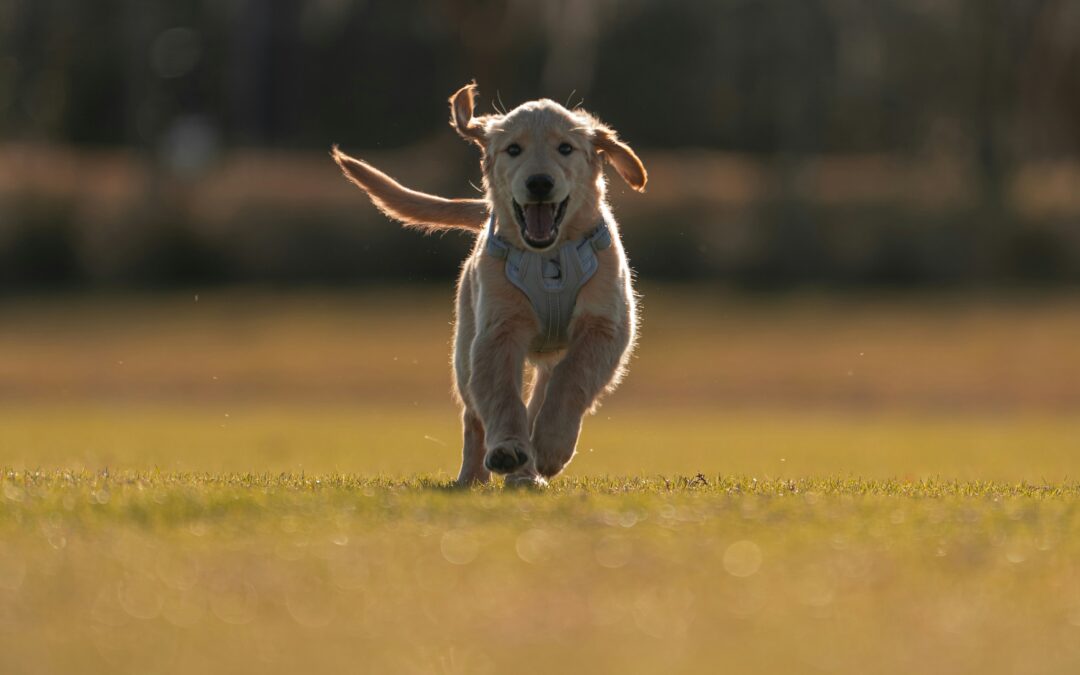I don’t think most people plan on their dogs getting loose or getting away from them when it happens. However, if you take a look at the Facebook page called Atlantic County Lost and Found Pets, it seems to happen fairly frequently. I don’t know if you can necessarily prevent every dog from escaping, but you can have a mental plan in place and reduce the chances of your dog bolting.
It seems many of the lost dogs I looked into got loose by either bolting out of a car or a front door. You can do a couple of things to drastically reduce the chances of this happening with a few minor changes. If you are traveling with your dog in your car, they should either be transported in a crate or have a seat belt attached to them. Forget about them bolting for a second; think about what would happen if you ever get in a motor vehicle accident, and the danger of them being tossed around the car. That said, if your dog does have a habit of trying to bolt, having them restrained when you open the car door allows you to safely put their leash on. Then you can release them from the seat belt or slowly open the crate door after they have calmed down.
You can train your dog to understand that they are not permitted to exit a doorway until you give them the OK. I train this by asking my dogs to sit one time at the crate door or from a room into the hallway. If they do not sit and just wiggle, the door is not getting touched, let alone being opened. I then slowly open the door when the dog finally figures out that they must calmly remain sitting to get the door to open. I don’t use the word “stay” unless I am 100 percent certain the dog understands that “stay” means they should not move until I say so. I instead instill in my dogs that every exit in the house requires this behavior.
If your dog is prone to bolting out of doorways, particularly when someone comes over, remember to take a few seconds to put them away before opening the door. Whoever is on the other side of the door can wait a few seconds. I also do not suggest letting your dog have free access to a yard if you are not home. You can not prevent them from escaping if you are not at home. The best place for an escape artist is inside the house.
If your dog does escape, the first rule is not to panic. Normally, a foot chase against something that has two more legs than we do does not work out. I like to drop to the ground and make a fool of myself, pretending I have treats to make myself more interesting for the dog to come back to. If your dog blows you off completely and actually runs away, I suggest grabbing treats or a favorite toy and a leash.
Social media is an excellent way to spread the word. Make sure to post a clear photo of your dog and provide as much detail about them as possible. While social media is an excellent way to get the word out, please be sure to contact your local police department by calling their non-emergency number, just in case someone finds your dog and they do not have their collar or ID information on. If someone finds your dog with no way of knowing who the owner is, they will most likely call the police for help. If your dog is gone for several hours, don’t rule out using good old-fashioned printed flyers. Hang the flyers in the area and take them directly to your local shelters in the event your dog turns up there. There are also companies now that use drones to help find lost dogs. Hopefully, you will never have to experience the panic associated with your dog going missing and will follow these few simple protocols to keep them safe.
If you have any questions, please email me at heidi@fouronthefloordogtraining.net.
Heidi Clayton started Four On the Floor Dog Training to provide positive, reward-based dog training in South Jersey. She breeds, trains and shows bull terriers under the SoraBully’s Bull Terriers kennel name. Email questions to heidi@fouronthefloordogtraining.net or learn more at https://fouronthefloordogtraining.net

















